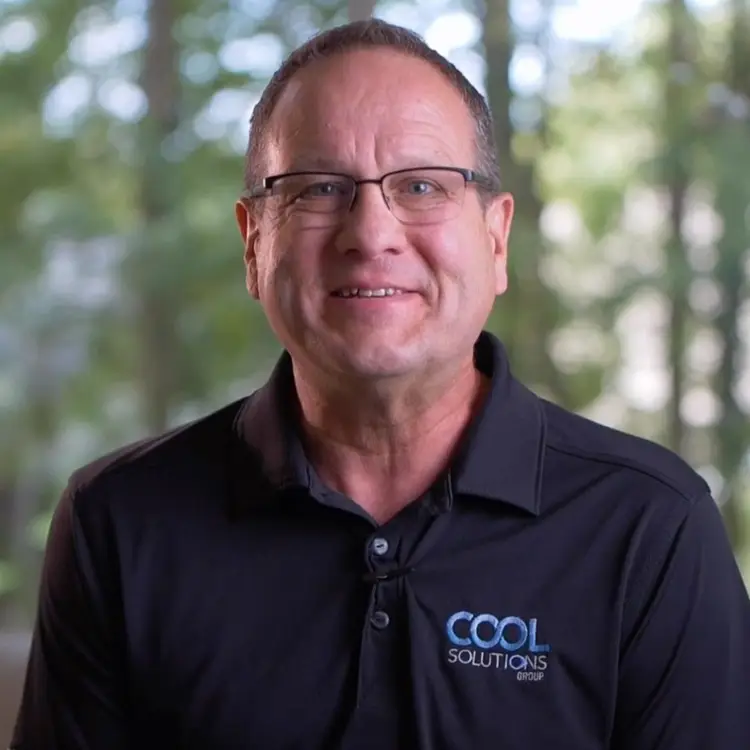A study conducted by 1E, a United Kingdom-based software and services company, found that, on average, companies and organizations waste 37% of their software spend. They estimate software waste costs organizations more than $30 billion annually! Wow, that is serious stuff.
How did we get here? Investment in technology is supposed to solve inefficiency and poor communication problems, not create them.
Have you ever bought or subscribed to software that had tremendous potential to solve problems across your church but only worked in one department? Chances are you are using five or more applications that could do more for you. And you probably based part of your justification for the investment on the incremental value gained by using the product in multiple areas.
Outdated Facility Management Technology
Another significant issue is outdated software. We know the squeaky wheel gets greased, but that doesn’t mean the other wheels should be ignored. Ensure your old reliable software performers are updated to newer versions and that you are exploring uses for different departments.
Let’s take a look at some of the most common causes of unimpressive (or even horrendous) software utilization:
- Lack of knowledge of software subscriptions and capabilities. We have worked with churches where their full team of employees did not know about software licenses that are in effect. How does that happen?
- Lack of understanding capabilities. One of the most common issues we see is teams not knowing about the capabilities of specific facility management technology.
- Higher comfort level with other tools. Your church might be paying for a software subscription that goes unused simply because of employee preferences. Maybe staff members like a tool so much that they make do with the free version of it. This means you’re paying for unused seats of the software that the majority of the team uses.
- Lack of best in class. We have watched churches use substandard solutions they believe are integrated with an all-in-one offer. But, instead, it does not meet the organization’s real needs. The most common example is ChMS (Church Management Software) programs that claim to be all-inclusive.
- Lack of ongoing training. Employees don’t need to learn every detail about the technology they touch. However, you should ensure that everyone is committed to mastering the most critical, initiative-driven components.
Remember, underutilizing facility management technology isn’t just about paying for what you need. Additionally, It’s about reducing manual work and increasing efficiency.
Kickoff New Facility Management Technology On The Right Foot
When the objectives for using a new software are clearly communicated by the organization, users are 3.5 times more likely to report that the tool is successful.
With that being the case, make sure that new intended users of software understand:
- The goals and objectives for the software purchase
- All expected use cases
- What other software or processes (paper and pencil) it replaces or nullifies
- Who will use it
- Where to turn for help maximizing the technology
Therefore, for every new tool implemented, we recommend you properly train and coach your team. This includes goal clarification, proactive communication, and documented timelines.
Rinse and Repeat
So, do you want to learn how software can help when used correctly? Register for one of our webinars.









